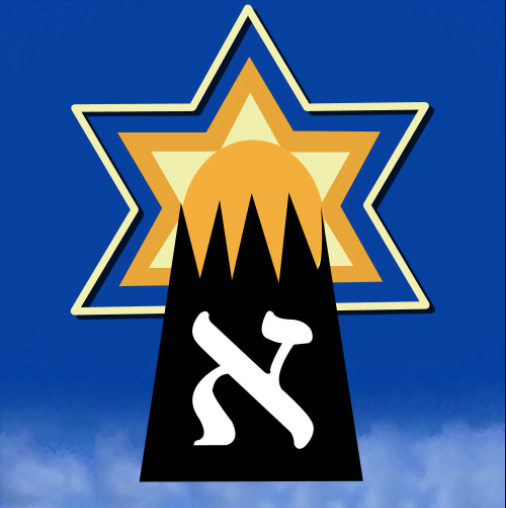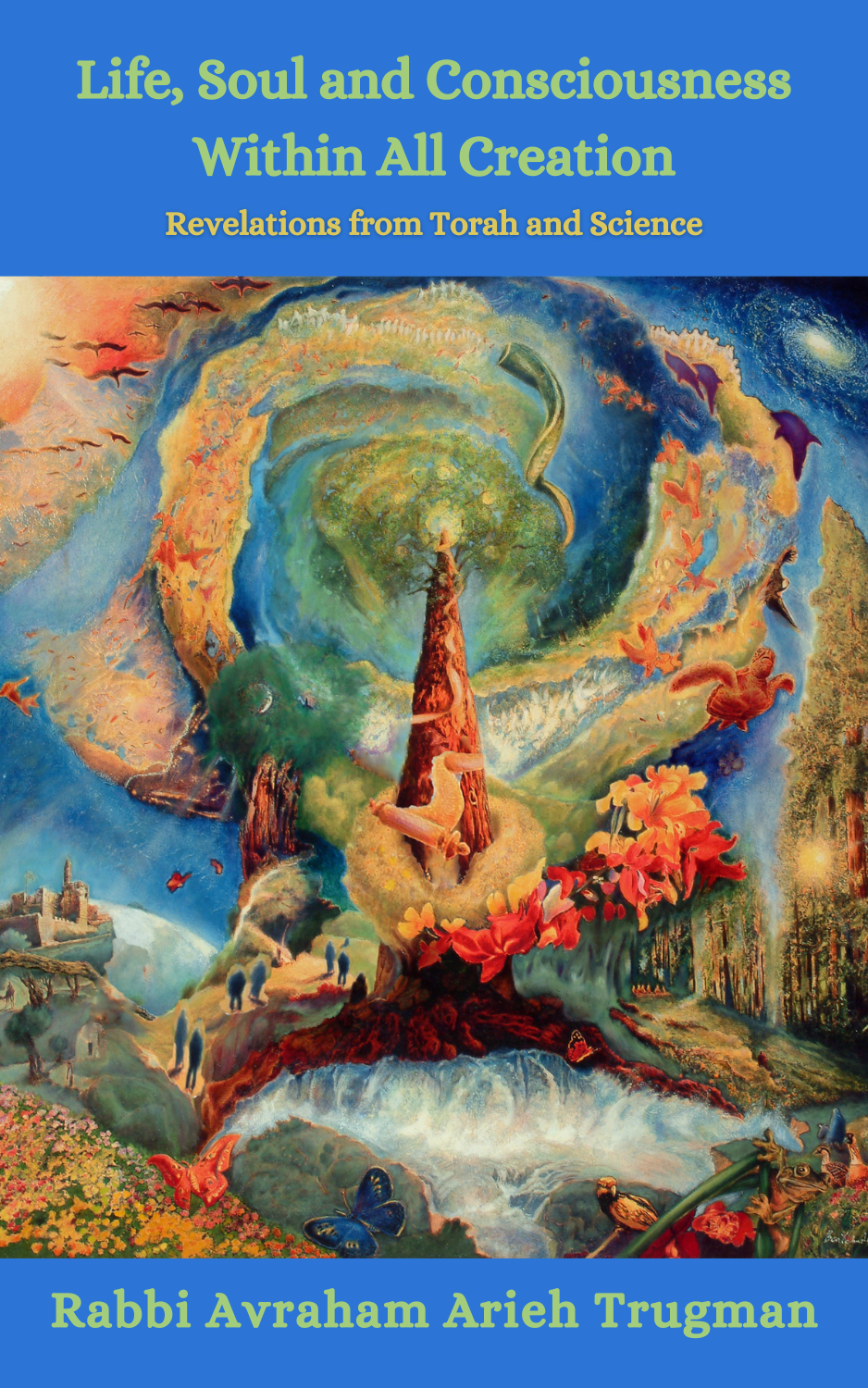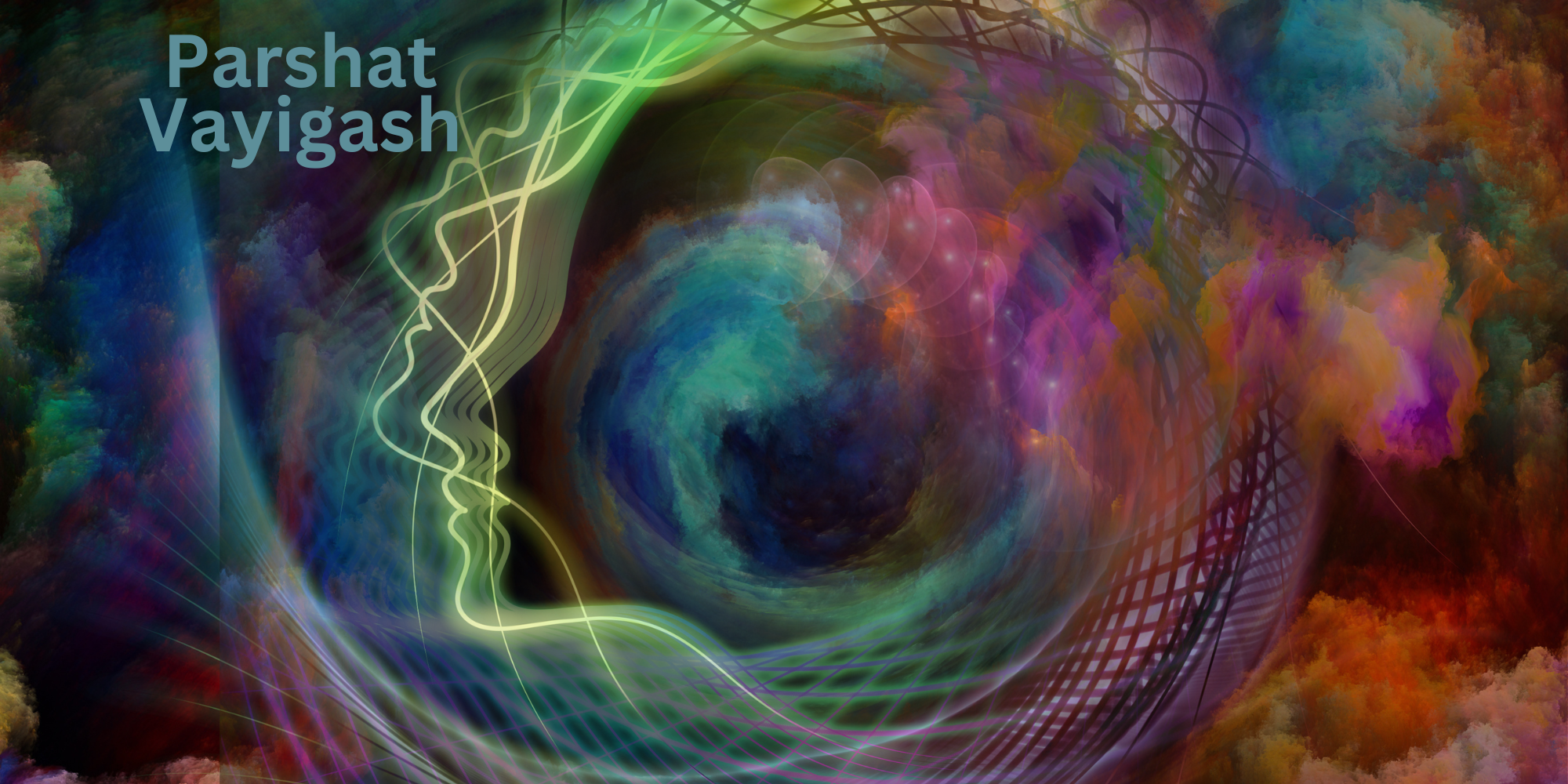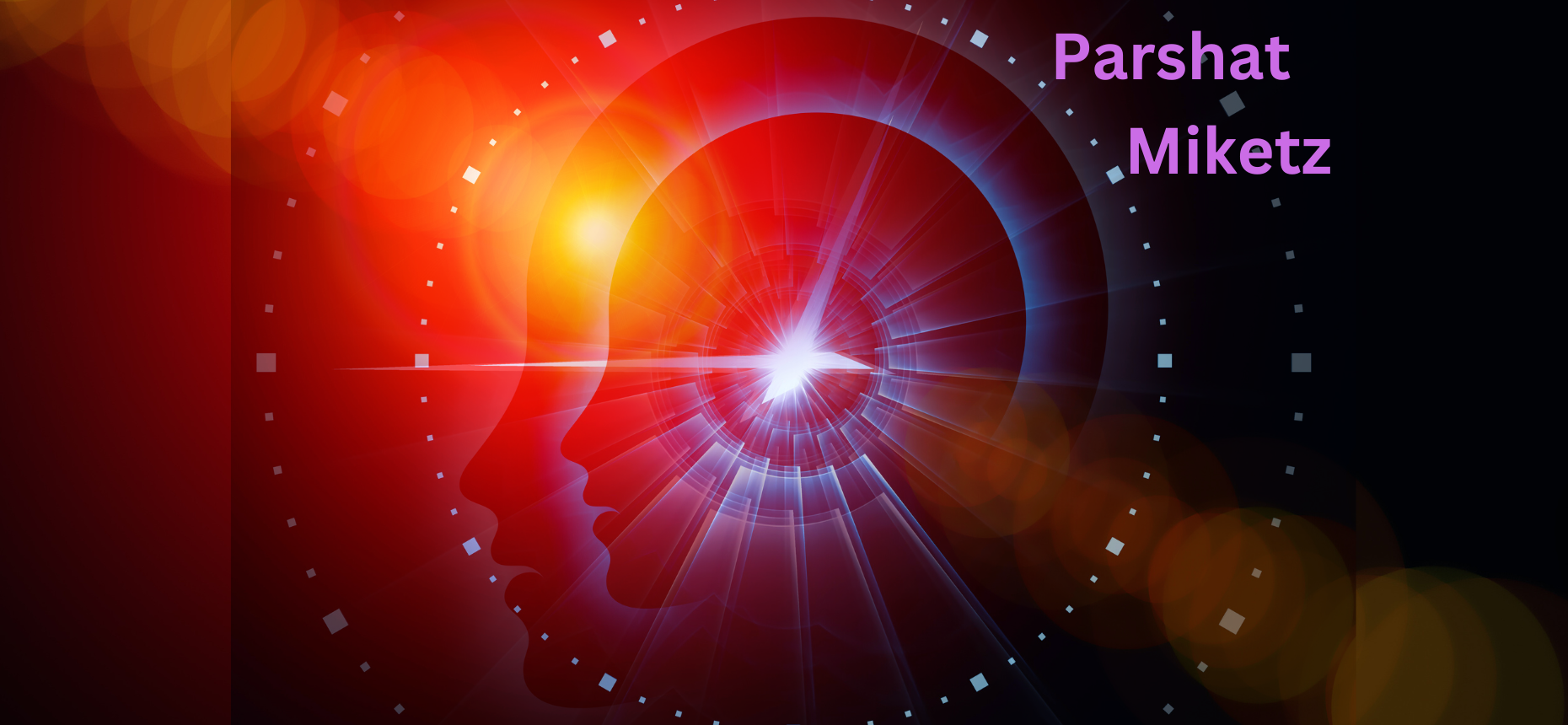We will now continue to employ the PaRDeS system to probe the meaning and context of Vayakhel’s first Hebrew word, “and he gathered” (vayakhel). From a straightforward, historical perspective (the peshat), Moses assembled all the people because, according to Rashi, he had descended from Mount Sinai with the second tablets on that day. Moses had spent three forty-day periods on Mount Sinai, totaling 120 days, with almost no breaks in between, and this was his first opportunity to gather all the people, reassert his presence and authority, and inform them of God’s commandments.
Commentators throughout the ages have noted that the word vayakhel (“and he gathered”) is the same word (the letters and meaning are identical although the vowels are slightly different) used when the people gathered to demand that Aaron make for them what would ultimately turn out to be the Golden Calf. Since they thought that Moses was late and would never descend from Mount Sinai, they demanded Aaron make “gods” for them. By using the same word, the Torah alludes in a remez to the fact that by gathering the people to build a Tabernacle for God, the sin of the Golden Calf would be to some degree rectified.
It is important to note that the commentators disagree over whether the children of Israel would have even been commanded to build a Tabernacle had they not worshipped the Golden Calf. Some feel that the children of Israel would have been on such a high spiritual level that they would have had no need to worship God in a specific physical location; His Presence would have been perceivable and accessible in every place and at all times. Others argue that, even if they had not made a Golden Calf, the children of Israel would still have been commanded to build a Tabernacle. In any event, clearly much of the symbolism associated with the Tabernacle is directly connected to the sin of the Golden Calf.
The derash interpretation, which adopts a metaphorical approach, focuses on the intrinsic connection between Mount Sinai and the Tabernacle. In the “Time, Space, and Soul” section above, we noted that the prerequisite for receiving the Torah at Sinai was the people’s unity, the sense that all the children of Israel were “as one person, with one heart.” Only this extraordinary unity and brotherhood among the people prepared them to be fitting receptacles for the awesome revelation at Sinai. Recognizing this, Moses gathered all the people not only to instruct them on how to build a sanctuary for God but also to teach them that this task could only be accomplished when unity and peace prevailed among them.
Rebbe Natan, Rebbe Nachman of Breslov’s foremost student, taught that the Tabernacle was so holy because all the materials were brought with willing and loving hearts. Since everyone brought from their very best, what Rebbe Natan referred to as their “good points,” every part of the sanctuary became a vehicle for God’s light and holiness. The people’s gathering to build the Tabernacle recreated the energy present at the Giving of the Torah at Mount Sinai. This energy was integrated into the holy mission of building a dwelling place for God. The Ramban in fact posits that the Tabernacle as a whole was meant to turn what transpired at Sinai into an ongoing experience.
The secret, mystical meaning, the sod, hinges on the fact that Moses gathered “the entire assembly.” The Slonimer Rebbe explains that although individual Jews sin, fall short of the mark, or stray from their roots, there is a soul level he calls “all of Israel,” the collective source of Jewish souls that always remains in a state of perfection, which no sin can blemish. This root source of Israel’s souls, by definition, remains pure and untarnished. The core of an individual soul, no matter how far it is from its true potential or how far it strays from its Jewish identity, never loses that intrinsic connection to “all of Israel.”
Rabbi Shlomo Carlebach used to say that while every Jew may not be holy, every Jew is the Holy of Holies. In other words, Jews may make all sorts of mistakes and act totally improperly on the outside, but they are still fundamentally connected to their inner essences, their Holy of Holies. He made it a habit of trying to see beyond peoples’ superficial exteriors and actions, so that he could focus on their inner Divine sparks. This was in fact one of the Ba’al Shem Tov’s cardinal teachings, as he labored his entire life to achieve this spiritual level and transmit it to his students.
The Arizal would proclaim each day before his prayers that he was taking upon himself the mitzvah of loving each and every Jew as if each one was himself. His prayer then became dedicated to the collective totality of Israel; it transcended the limits of his own ego and individual concerns and was focused instead on “all of Israel.” The Arizal also formulated a kavvanah (spiritual intention) to be recited and contemplated when performing mitzvot. Part of this formula reads as follows: “For the sake of uniting the Holy One Blessed is He and the Shechinah…. in the name of all of Israel.” This kavvanah attests to the fact that the Arizal wanted each person to consciously connect to all of Israel when performing a mitzvah. For it is from that elevated, pure, and holy place that every Jew draws the energy to discover his or her own unique role and actualize his or her own potential.
In this section, we once again see how a Hebrew word, in this case “and he gathered,” may be viewed from various interpretive perspectives, from the very practical to the mystical, from the literal to the allegorical. PaRDeS allows us to delve ever deeper and consistently expand upon the notion of what, according to the peshat, is merely an assembly of the people, but from the perspectives of derash and sod is an allusion to deep visions of the unity of the people.







